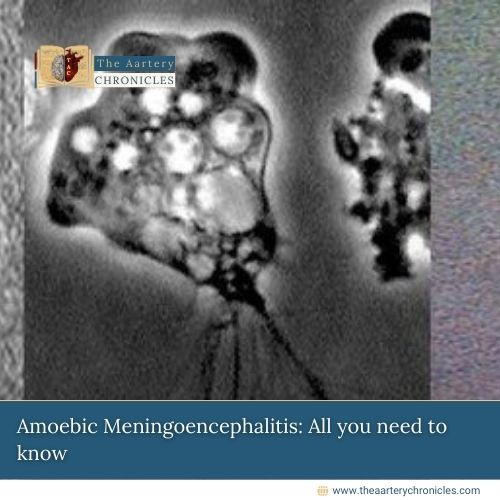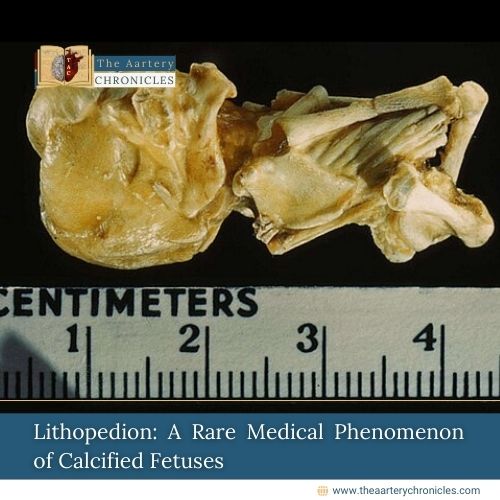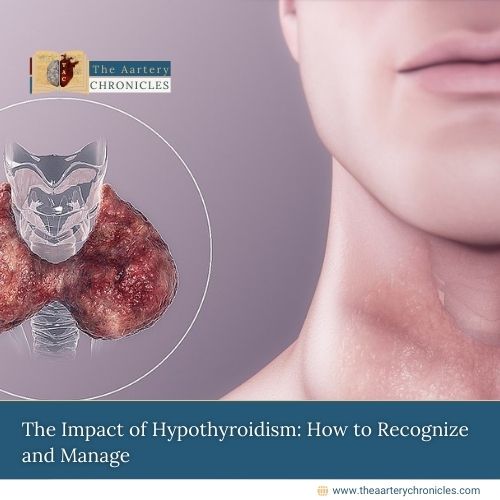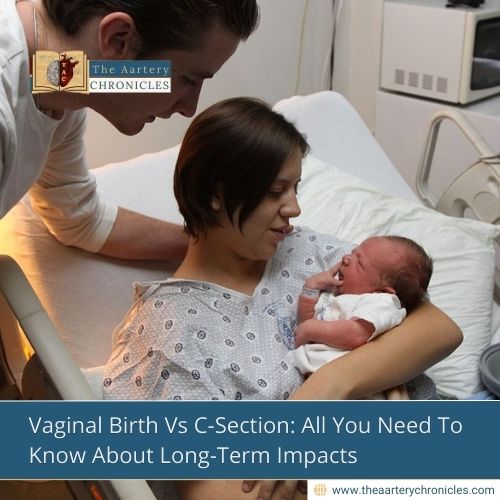
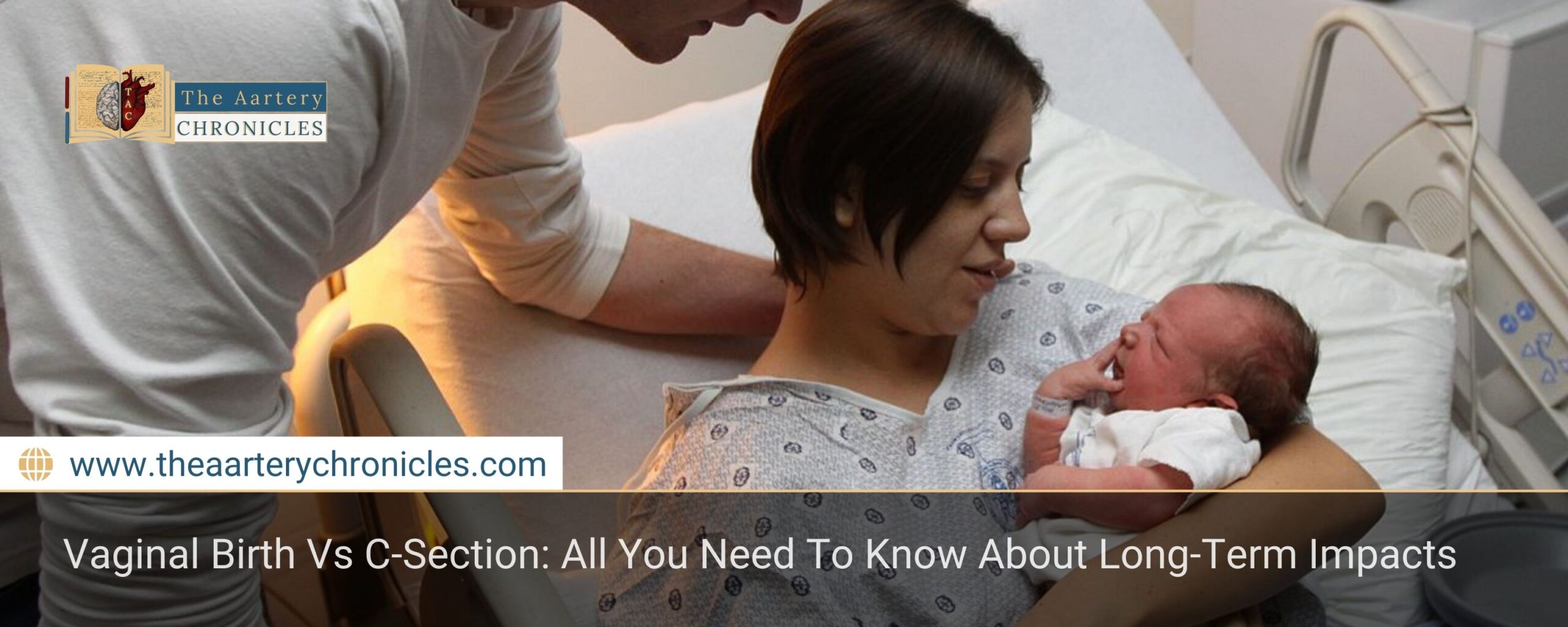
Vaginal Birth Vs C-Section: All You Need To Know About Long-Term Impacts
Introduction
Choosing the mode of delivery—caesarean section (C-section) or vaginal birth—is a significant decision that can have long-term health implications for both the mother and the child. While both methods are generally safe, they come with distinct risks and benefits that can affect the physical and emotional well-being of the mother and the development of the child. This article explores the differences between these birth methods and their potential long-term impacts, helping parents make informed decisions.
What is vaginal birth?
Vaginal birth is the body’s instinctive, time-honoured way of bringing new life into the world—a procedure where the baby is delivered via vagina (birth canal). It is typically the preferred method for low-risk or uncomplicated pregnancies because it is natural, less invasive, and generally allows for a quicker recovery.
Vaginal deliveries can occur in two forms:
- Spontaneous: Occurs without medical intervention
- Assisted: Uses tools like forceps or a vacuum if needed
What is a caesarean section (C-section)?
A C-section is a medically guided surgical procedure that involves delivering the baby through incisions in the abdomen and uterus—commonly performed when health concerns make vaginal birth unsafe or impractical. It can be:
- Planned (Elective): Scheduled ahead due to medical or personal reasons
- Emergency: Performed due to medical complications during labour (e.g., fetal distress)
Key Differences Between C-Section and Vaginal Birth
Aspect | Vaginal Birth | Caesarean Section (C-Section) | ||
|
|
| ||
Mode of Delivery | Birth via the birth canal following natural labour. | Birth through abdominal and uterine incision. | ||
|
|
| ||
Duration of Labor | Labor can last 12–14 hours, longer for first-time mothers. | Procedure usually takes 45–60 minutes if planned. | ||
|
|
| ||
| Recovery typically spans 6 weeks allowing quicker return to daily routine. | Recovery takes 6–8 weeks with a longer hospital stay and post-op care. | ||
|
|
| ||
Pain Level | Pain is intense during labour but manageable through epidurals and pain relief options. | Since the procedure is performed under anaesthesia (general or regional), mothers typically feel little to no pain during the surgery. | ||
|
|
| ||
Postpartum | Postpartum discomfort is generally less intense than after a C-section.
| A C-section involves more postoperative discomfort. | ||
|
|
| ||
Complications | Complications involve pelvic floor issues or organ prolapse. | Complications involve infections and uteroplacental bleeding disorders. |
Long-Term Health Impacts on Mothers
1. Pelvic Floor Health
- Vaginal Birth: May lead to pelvic floor issues like urinary incontinence or organ prolapse, especially after difficult or multiple births.
- C-Section: Typically spares the pelvic floor, but not always completely.
2. Surgical Risks and Future Pregnancies
- C-Section: Can lead to scar tissue (adhesions), infections, and complications in future pregnancies (e.g., placenta previa, uterine rupture).
- Vaginal Birth: Fewer surgical complications and better outcomes in subsequent deliveries.
3. Emotional and Mental Health
- Emergency C-sections may increase the risk of postpartum depression or birth trauma.
- Vaginal deliveries often allow for more active participation and may support emotional bonding—but traumatic experiences can occur in either method.
Long-Term Health Impacts on Children
1. Immune System and Allergies
- Vaginal Birth: Exposure to beneficial bacteria in the birth canal helps develop the baby’s gut microbiome, boosting immunity.
- C-Section: May result in delayed microbial colonization, potentially increasing risks of allergies, asthma, or autoimmune conditions.
2. Respiratory Health
- Vaginal Birth: Natural pressure applied to the lungs of the baby during delivery helps expel amniotic fluid from the chest and promotes easier breathing.
- C-Section: Higher risk of temporary breathing issues like transient tachypnoea, especially if performed before labour begins.
3. Bonding and Breastfeeding
- Vaginal Birth: Enables immediate skin-to-skin bonding and supports an earlier start to breastfeeding, fostering a strong mother-baby connection from the very first moments.
- C-Section: May delay initial bonding, especially if recovery complications arise, but with support, successful breastfeeding is absolutely possible.
4. Risk of Obesity and Metabolic Concerns
- Some studies show a slightly higher risk of obesity in children born via C-section, possibly related to differences in gut bacteria and metabolism.
Conclusion
Both vaginal birth and C-sections are safe and valid methods of childbirth, each with unique benefits and challenges. While vaginal birth generally supports quicker recovery and more favorable long-term health outcomes for both mother and baby, C-sections are often life-saving and necessary in complex or high-risk situations. The most important factor is making an informed, flexible plan with your healthcare provider—keeping in mind that each birth experience is unique and that what matters most is a safe delivery and healthy recovery.
- Weighing C-Section Against Vaginal Birth
- Cesarean versus Vaginal Delivery: Long term infant outcomes and the Hygiene Hypothesis - PMC
- Maternal Outcomes Associated with Caesarean versus Vaginal Delivery - PMC
- Long-term risks and benefits associated with cesarean delivery for mother, baby, and subsequent pregnancies: Systematic review and meta-analysis - PMC
- Association between caesarean section and childhood obesity: a systematic review and meta-analysis - PubMed
- Newborn Resuscitation and Birth Injuries
- C-section vs. vaginal birth: pros and cons | St. Luke's Health
- C-Section vs. Vaginal Birth: What is Better For You? (Pro & Cons)






